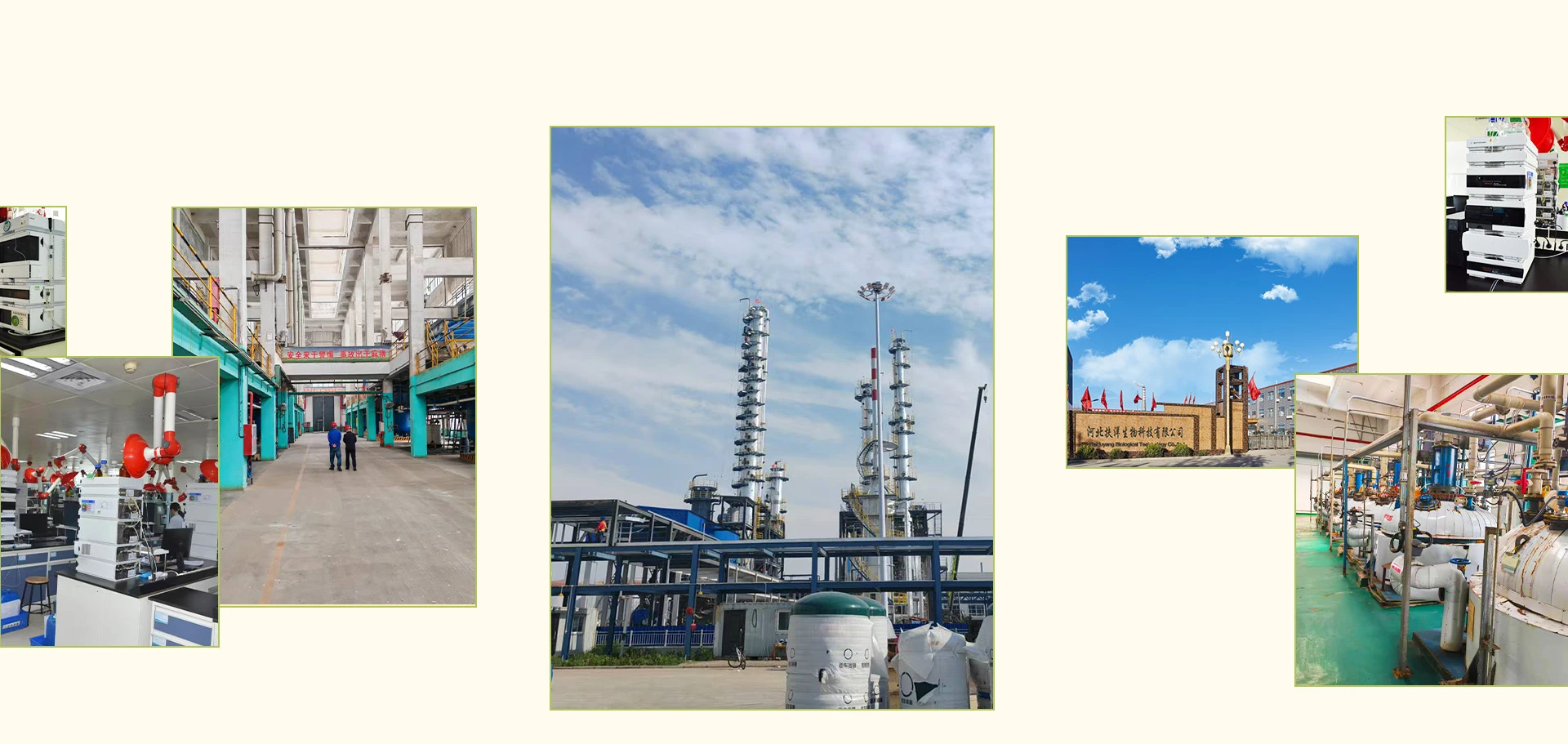One of the key advantages of glycine chelates lies in their superior bioavailability compared to inorganic mineral salts like sulfates or oxides. Inorganic forms often face challenges such as poor absorption, interaction with other food components, and gastrointestinal irritation. Glycine chelates, on the other hand, are absorbed more efficiently in the small intestine through amino acid transport pathways, reducing the risk of competitive inhibition among different minerals and improving overall uptake by the body.
Glycine itself contributes to the effectiveness of these chelates. As a neutral amino acid, glycine forms stable ring structures with metal ions, protecting the minerals from premature dissociation in the digestive tract. This helps minimize nutrient loss due to pH changes in the stomach or interactions with other dietary components such as phytates and oxalates, which commonly inhibit mineral absorption.
In functional foods and nutritional beverages, glycine chelated minerals are used to fortify products with essential nutrients without compromising taste, color, or solubility. For instance, glycine chelated iron is often included in cereals, energy bars, and fortified juices to combat iron deficiency anemia, especially in vulnerable populations such as children, pregnant women, and the elderly. Unlike ferrous sulfate, glycine chelated iron does not cause metallic aftertastes or oxidative instability, making it more suitable for delicate formulations.
Similarly, glycine chelated zinc and magnesium are widely used in sports nutrition and wellness products to support immune health, muscle recovery, and metabolic functions. Zinc plays a critical role in enzymatic activity and immune defense, while magnesium supports muscle and nerve function. Glycine chelates allow these minerals to be delivered effectively with minimal gastrointestinal side effects, which is especially important in supplements consumed on a daily basis.
In clinical nutrition and medical foods, glycine chelates are favored for patients with compromised digestive function or malabsorption syndromes. The gentle nature of amino acid chelates makes them easier to tolerate and absorb, reducing the risk of nutrient deficiencies in individuals undergoing medical treatment or recovering from illness.
Another important application is in infant formulas and elderly nutrition products, where precise nutrient delivery is critical. Glycine chelates ensure that essential minerals are provided in a highly bioavailable form without causing digestive discomfort or interfering with other nutrients. This makes them a preferred choice for formulating balanced, safe, and effective nutritional solutions.
From a regulatory standpoint, glycine chelates are generally recognized as safe (GRAS) and are approved for use in many countries across food and supplement categories. They are heat-stable and compatible with various processing conditions, which allows them to be easily incorporated into different food matrices during manufacturing.
In summary, glycine chelates represent an advanced, science-backed solution for improving mineral nutrition in food products. Their superior absorption, stability, and sensory neutrality make them ideal for use in a wide range of functional foods, dietary supplements, and clinical nutrition products. As consumer awareness of nutrition grows and demand for health-enhancing food products rises, glycine chelates are set to play a growing role in the future of food science and human wellness.












